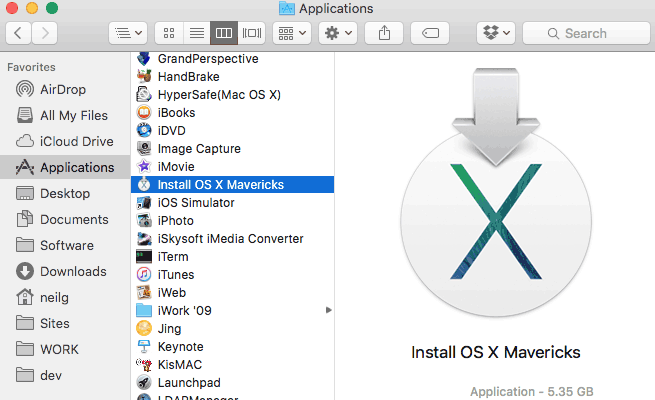

- #How to create usb installer for mac os x 10.11 el capitan install
- #How to create usb installer for mac os x 10.11 el capitan password
- #How to create usb installer for mac os x 10.11 el capitan download
#How to create usb installer for mac os x 10.11 el capitan install
When Terminal says that it's done, the volume will have the same name as the installer you downloaded, such as Install macOS Monterey.After the volume is erased, you may see an alert that Terminal would like to access files on a removable volume.

Terminal shows the progress as the volume is erased.
#How to create usb installer for mac os x 10.11 el capitan password

Sudo /Applications/Install\ macOS\ High\ Sierra.app/Contents/Resources/createinstallmedia -volume /Volumes/ MyVolume Sudo /Applications/Install\ macOS\ Mojave.app/Contents/Resources/createinstallmedia -volume /Volumes/ MyVolume Sudo /Applications/Install\ macOS\ Catalina.app/Contents/Resources/createinstallmedia -volume /Volumes/ MyVolume If you see the following screen, that means you probably havent downloaded the installer file yet, or you did, but already used it to install El Capitan on the Mac youre using, in which case it would have deleted itself. Sudo /Applications/Install\ macOS\ Big\ Sur.app/Contents/Resources/createinstallmedia -volume /Volumes/ MyVolume Click on 'El Capitan (10.11)' so DiskMaker X can automatically detect your install file in the Applications folder. Sudo /Applications/Install\ macOS\ Monterey.app/Contents/Resources/createinstallmedia -volume /Volumes/ MyVolume If it has a different name, replace MyVolume in these commands with the name of your volume. These assume that the installer is in your Applications folder, and MyVolume is the name of the USB flash drive or other volume you're using. Type or paste one of the following commands in Terminal.Open Terminal, which is in the Utilities folder of your Applications folder.Connect the USB flash drive or other volume that you're using for the bootable installer.You will create the bootable installer from this app, not from the disk image or. It installs an app named Install OS X El Capitan into your Applications folder. Inside the disk image is an installer named InstallMacOSX.pkg.
#How to create usb installer for mac os x 10.11 el capitan download


 0 kommentar(er)
0 kommentar(er)
